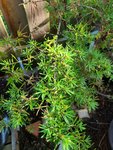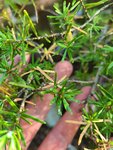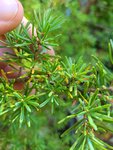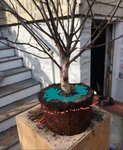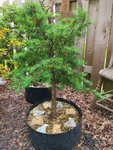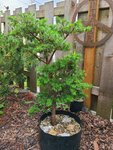Jphipps
Mame
I bought about 7 Mountain Hemlock trees in early spring and repotted all of them as they were badly root bound in their containers. 3 have bounced back amazingly and have exploded with new healthy foliage.
The others have needles that turn yellow and have been slowly shedding these since the spring. They have some new healthy growth but this process of yellow needles dropping continues. The healthy ones are not exhibiting these symptoms. The yellow needles are dispersed throughout the trees except for the very tips of branches.
I can shake the branches and several yellow needles fall right off.
Also, one of the trees has a general yellow tint to the entire foliage.
Thoughts to the cause or treatment recommendations?
The others have needles that turn yellow and have been slowly shedding these since the spring. They have some new healthy growth but this process of yellow needles dropping continues. The healthy ones are not exhibiting these symptoms. The yellow needles are dispersed throughout the trees except for the very tips of branches.
I can shake the branches and several yellow needles fall right off.
Also, one of the trees has a general yellow tint to the entire foliage.
Thoughts to the cause or treatment recommendations?

